The 1920s in New York City was a decade of unprecedented prosperity and social change, and nowhere was this more visible than along the length of Broadway. From the frantic energy of the Wall Street boom at its southern tip to the glamorous heart of the Jazz Age in Times Square, Broadway was the city’s great artery, pulsing with the spirit of the Roaring Twenties.
In Lower Manhattan, Broadway was the world’s most important financial canyon. The stock market boom created a frenzied atmosphere of wealth and ambition. The streets were packed with office workers, messengers, and financiers rushing between the towering skyscrapers that now defined the area. This section of the street cemented its role as the city’s ceremonial route, hosting massive ticker-tape parades for national heroes like Charles Lindbergh after his transatlantic flight and Gertrude Ederle after she swam the English Channel.
Further north, past the wholesale districts, Broadway flowed into the retail heart of the city at Herald Square. This was the territory of the great department stores. Macy’s and its rival, Gimbels, competed fiercely for customers, filling their windows with elaborate displays of the latest fashions and home goods. The sidewalks here were crowded with shoppers, and the street was a noisy jam of yellow taxi cabs, private automobiles, and electric streetcars.
Read more
The most famous section of Broadway was the stretch through Times Square. During the 1920s, “The Great White Way” became an even more dazzling spectacle of light and sound. Massive, animated neon signs replaced the simpler incandescent bulbs of the past, blinking, flashing, and advertising everything from chewing gum to automobiles. This was the height of the Jazz Age and the Prohibition era. While alcohol was illegal, the side streets off Broadway were filled with hundreds of secret bars known as speakeasies. Behind unmarked doors, patrons could drink, dance to live jazz music, and experience the liberated, rebellious spirit of the decade.
This was also the golden age of the movie palace. Enormous, fantastically ornate theaters like the Paramount, the Capitol, and the new Roxy Theatre (opened in 1927) dominated the district. These were true palaces, offering a full day’s entertainment with double features, newsreels, and elaborate live stage shows featuring orchestras and dancers. Live theater also boomed, with lavish musical comedies and the spectacular Ziegfeld Follies playing to packed houses.
Past Columbus Circle, Broadway transformed into a grand residential boulevard. Through the Upper West Side, the street was lined with large, elegant pre-war apartment buildings. This section was quieter and more domestic, home to the city’s prosperous middle and upper classes. It featured its own upscale shops, automobile showrooms displaying the latest models, and neighborhood movie theaters, offering a more tranquil version of the New York life that roared just a few miles to the south.


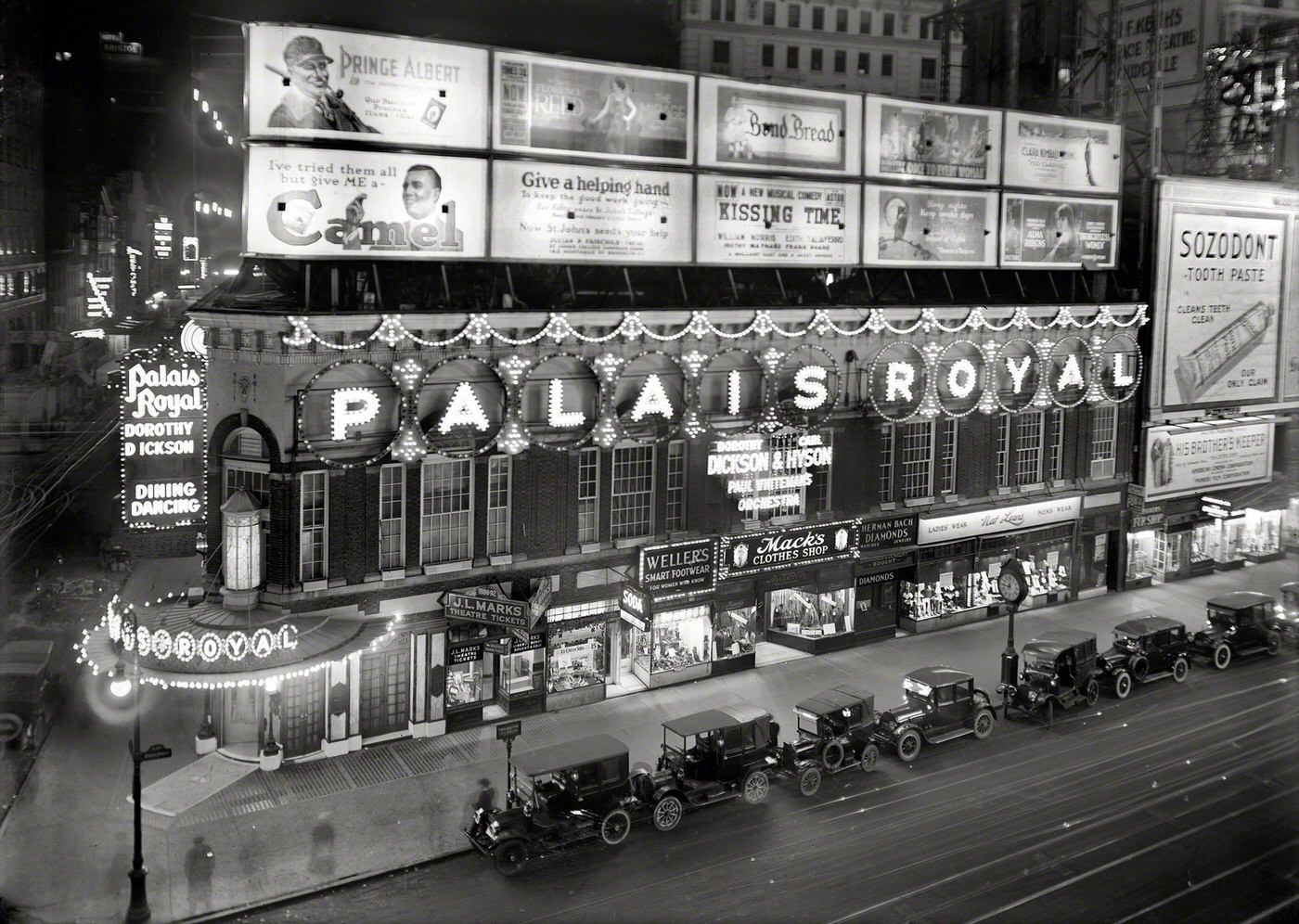
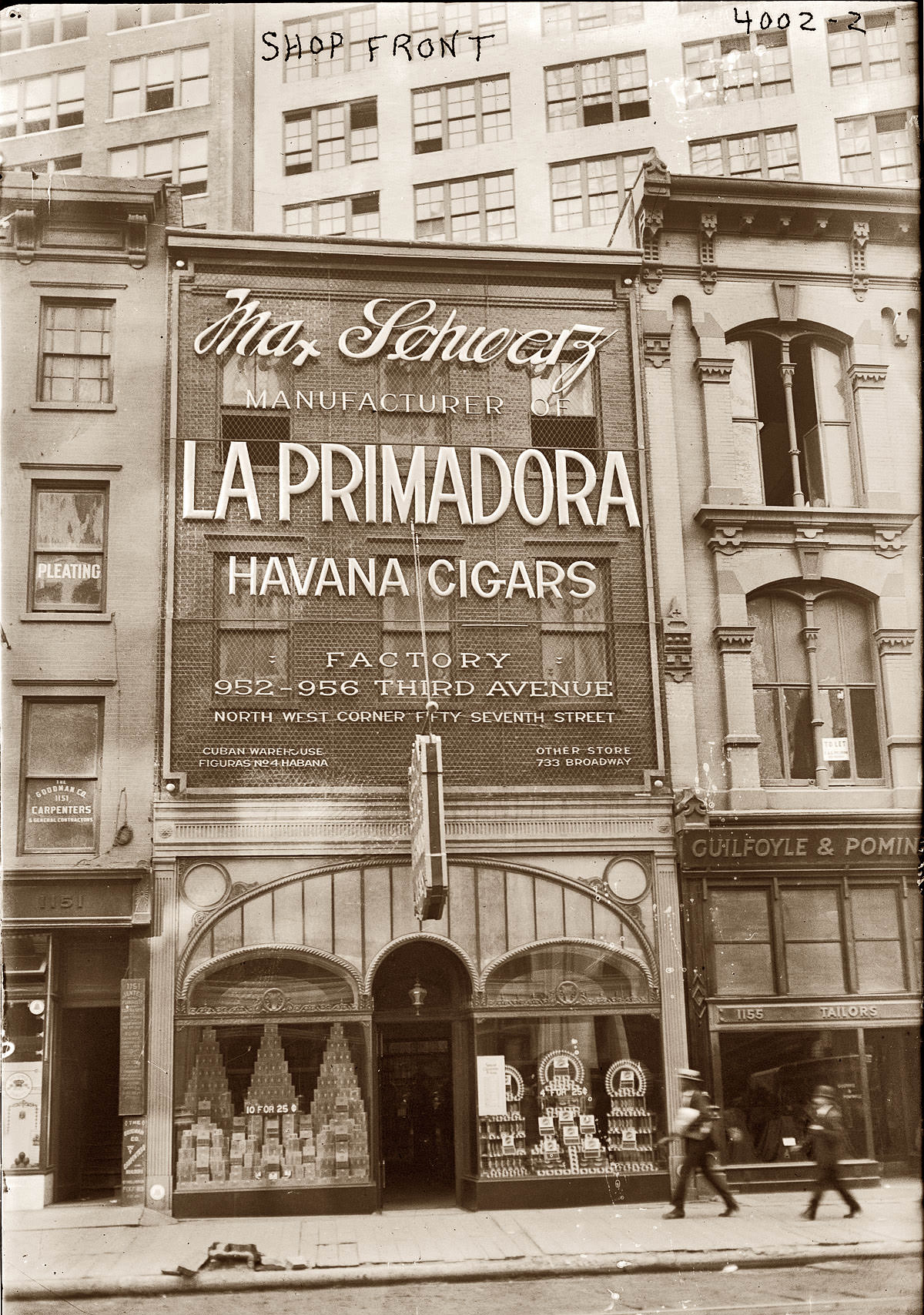
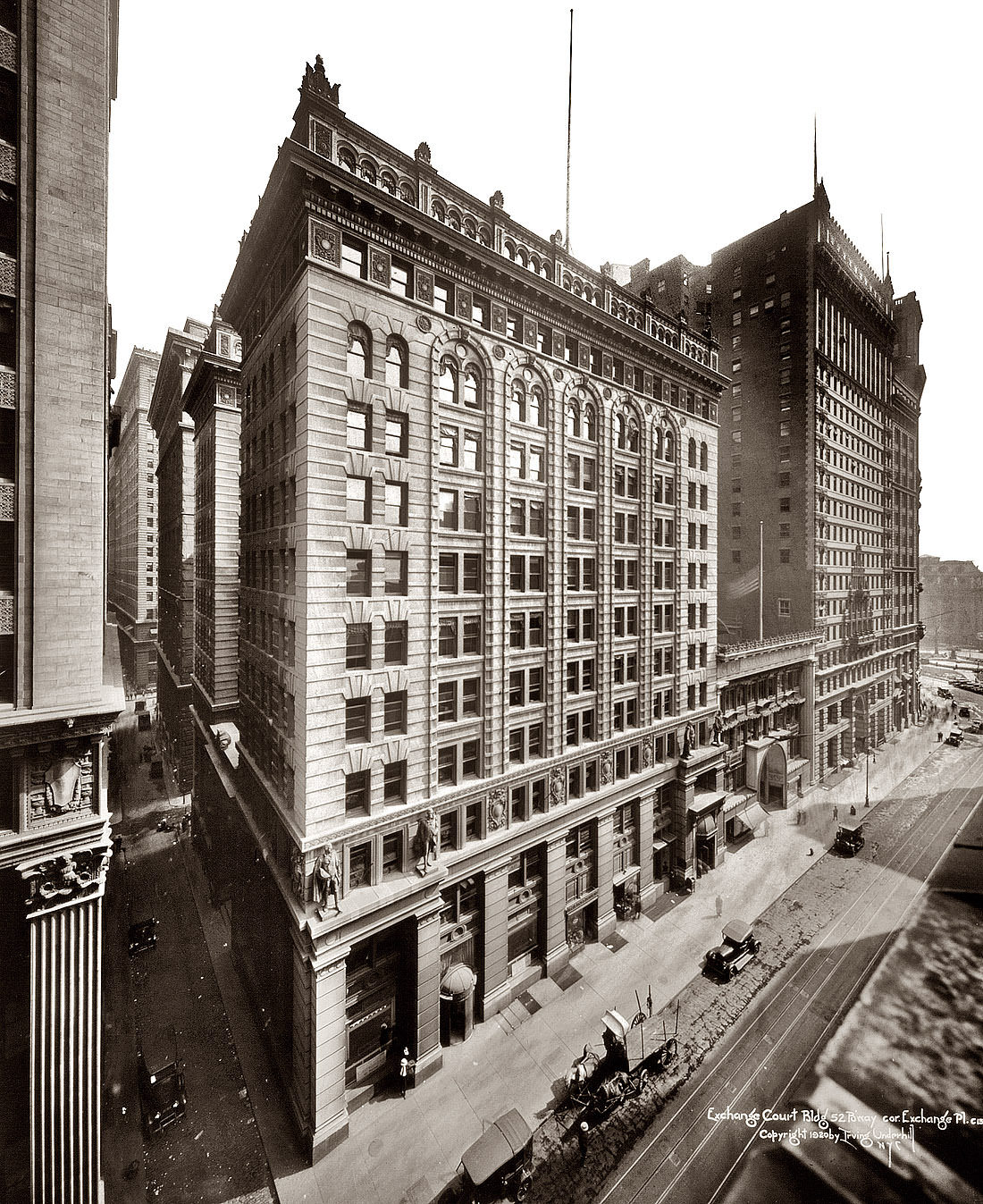
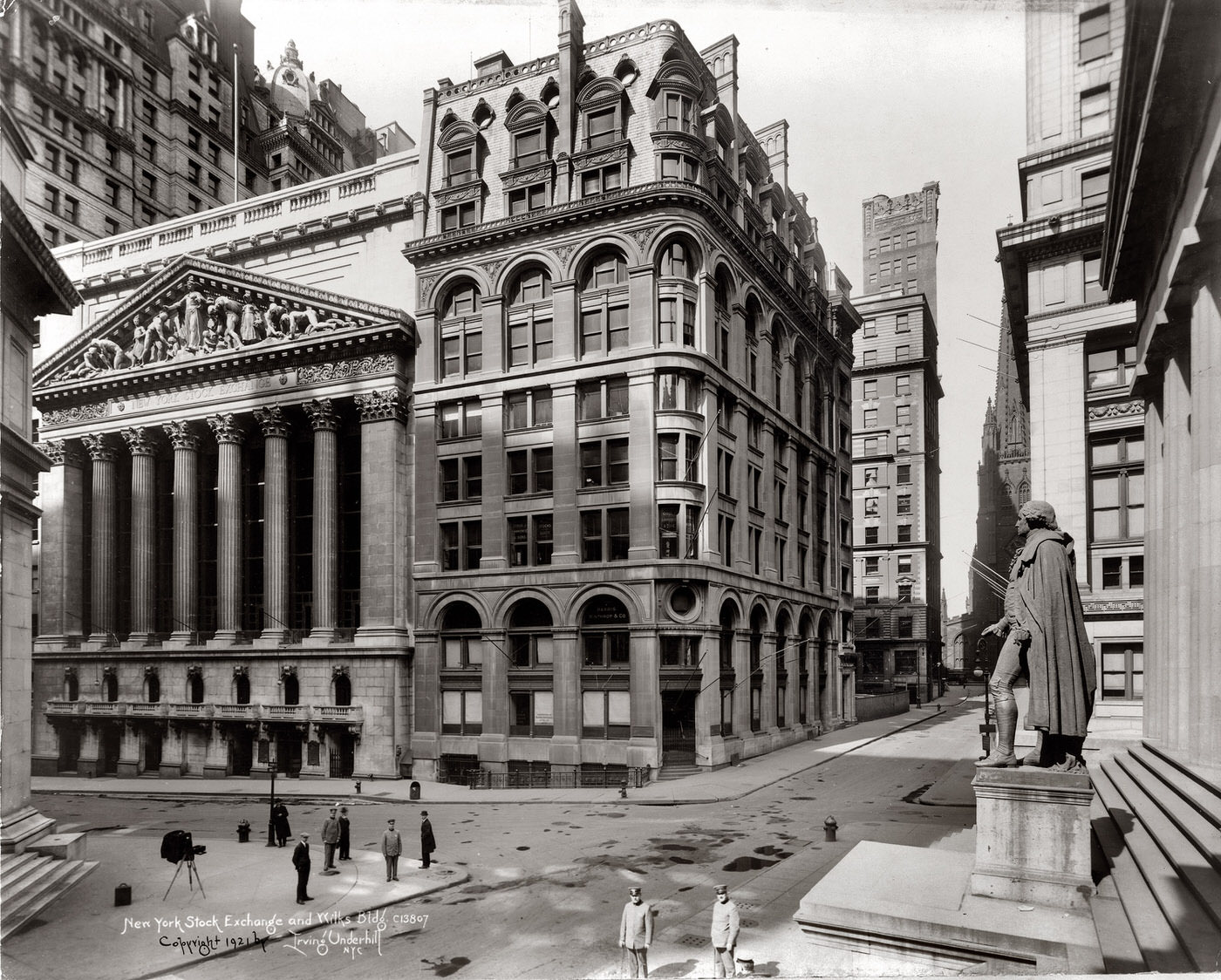
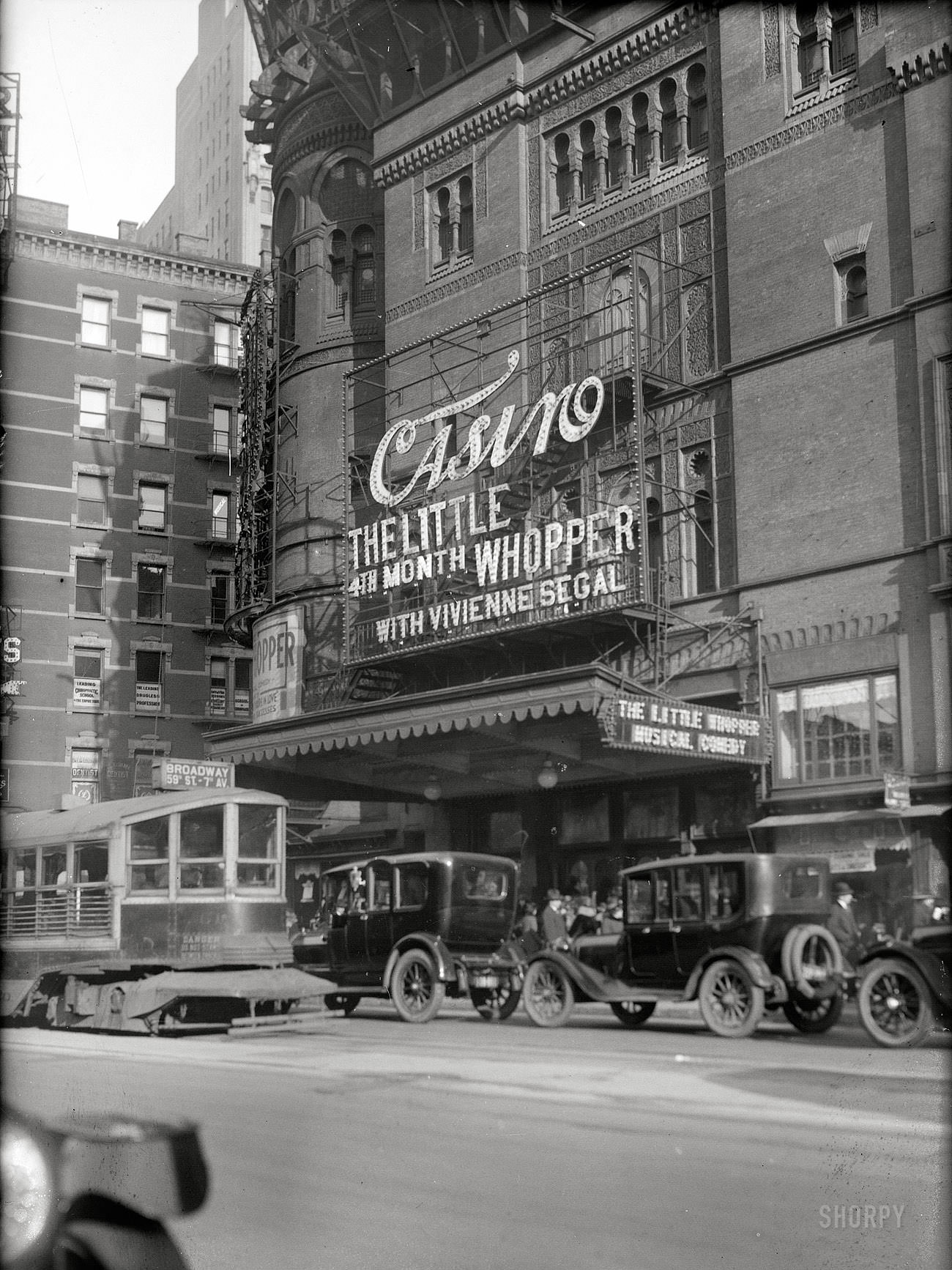

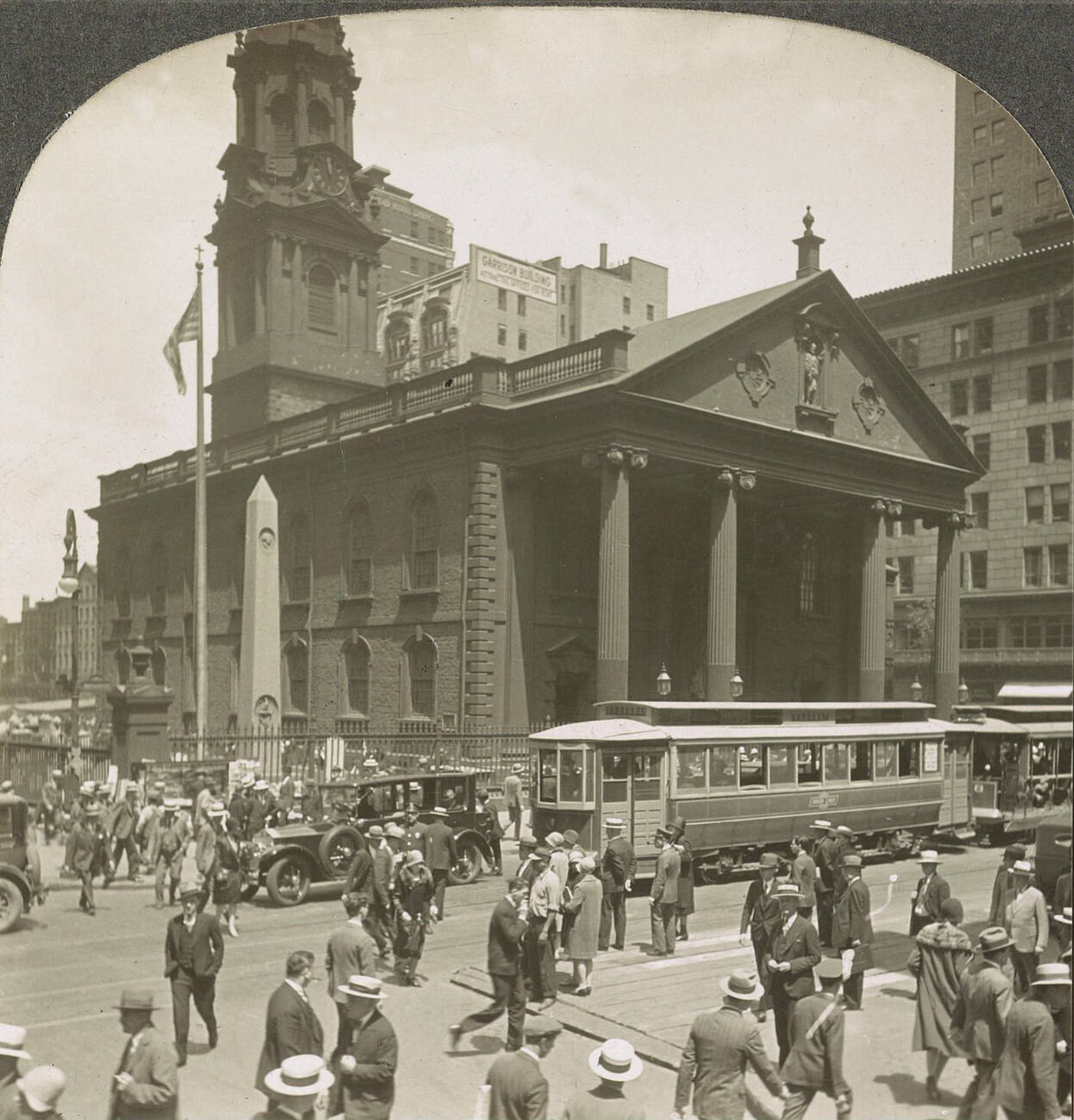
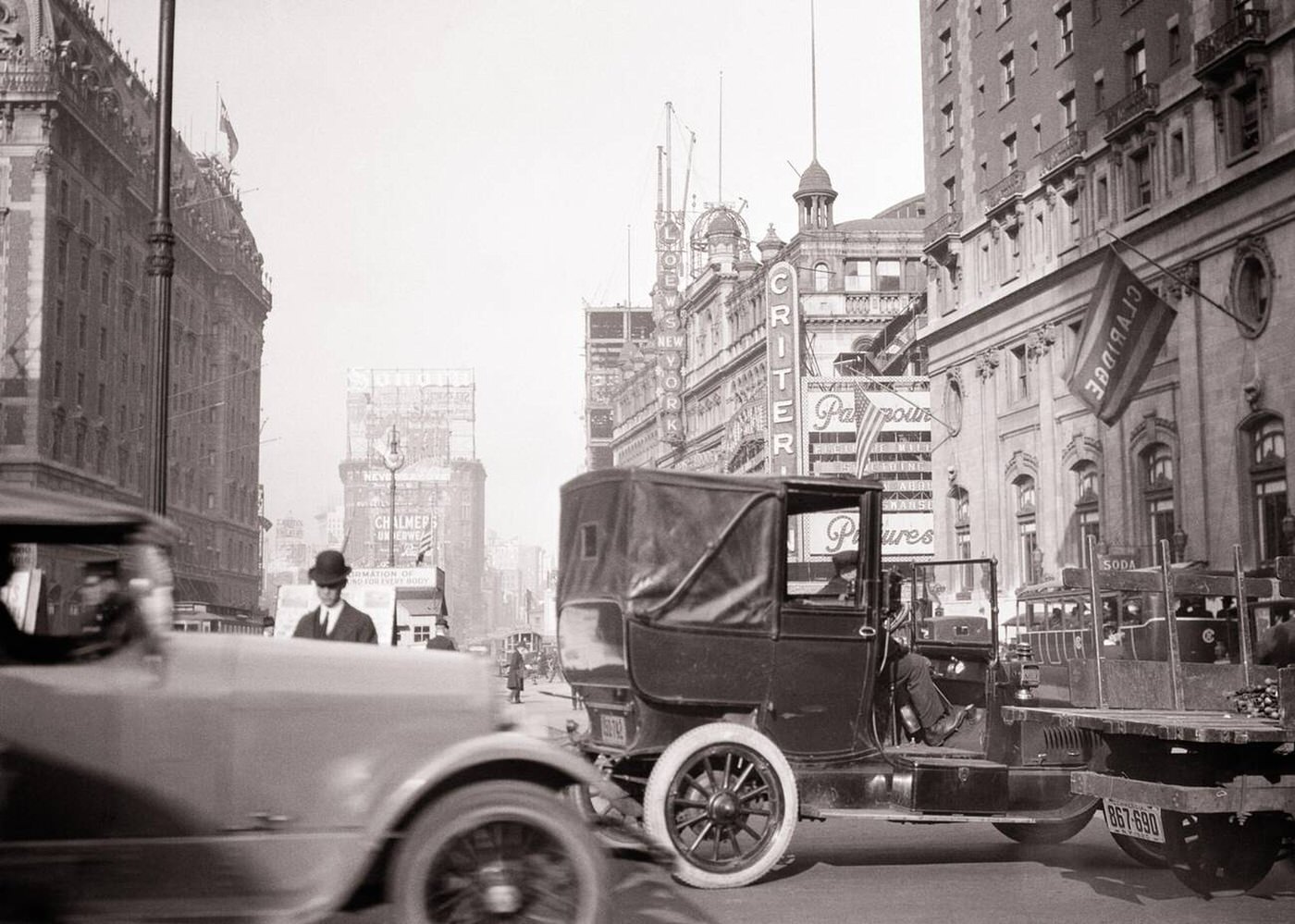
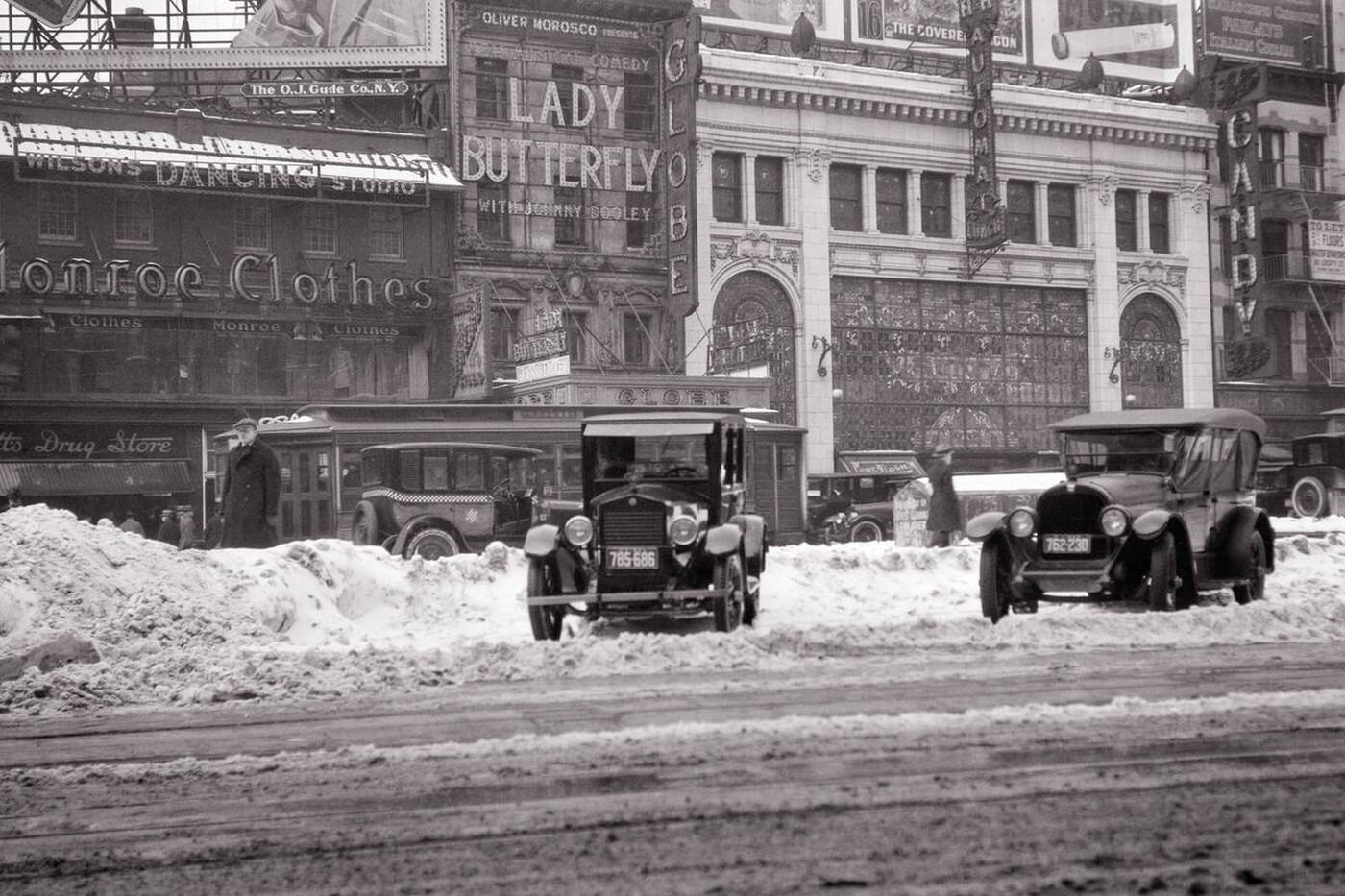
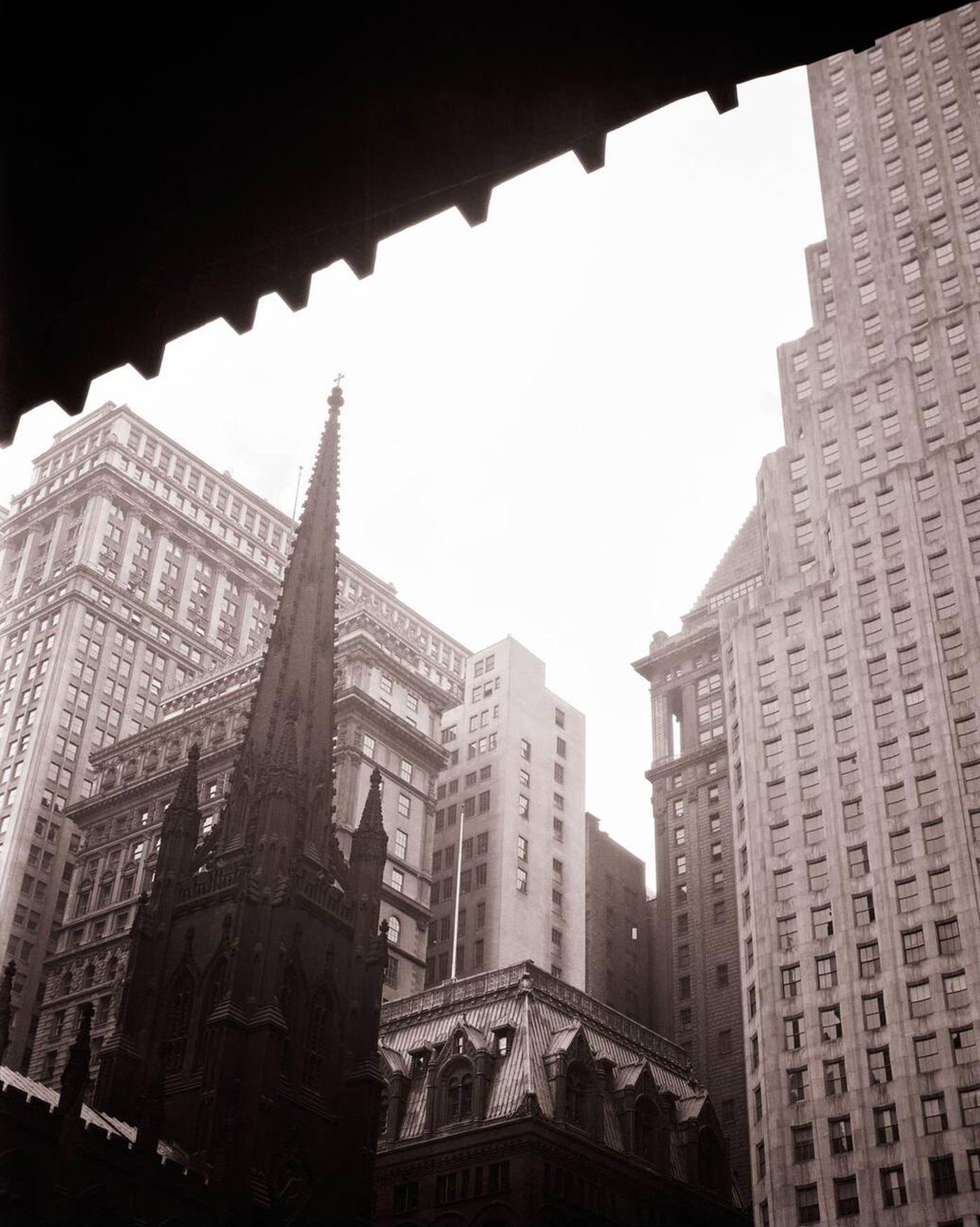
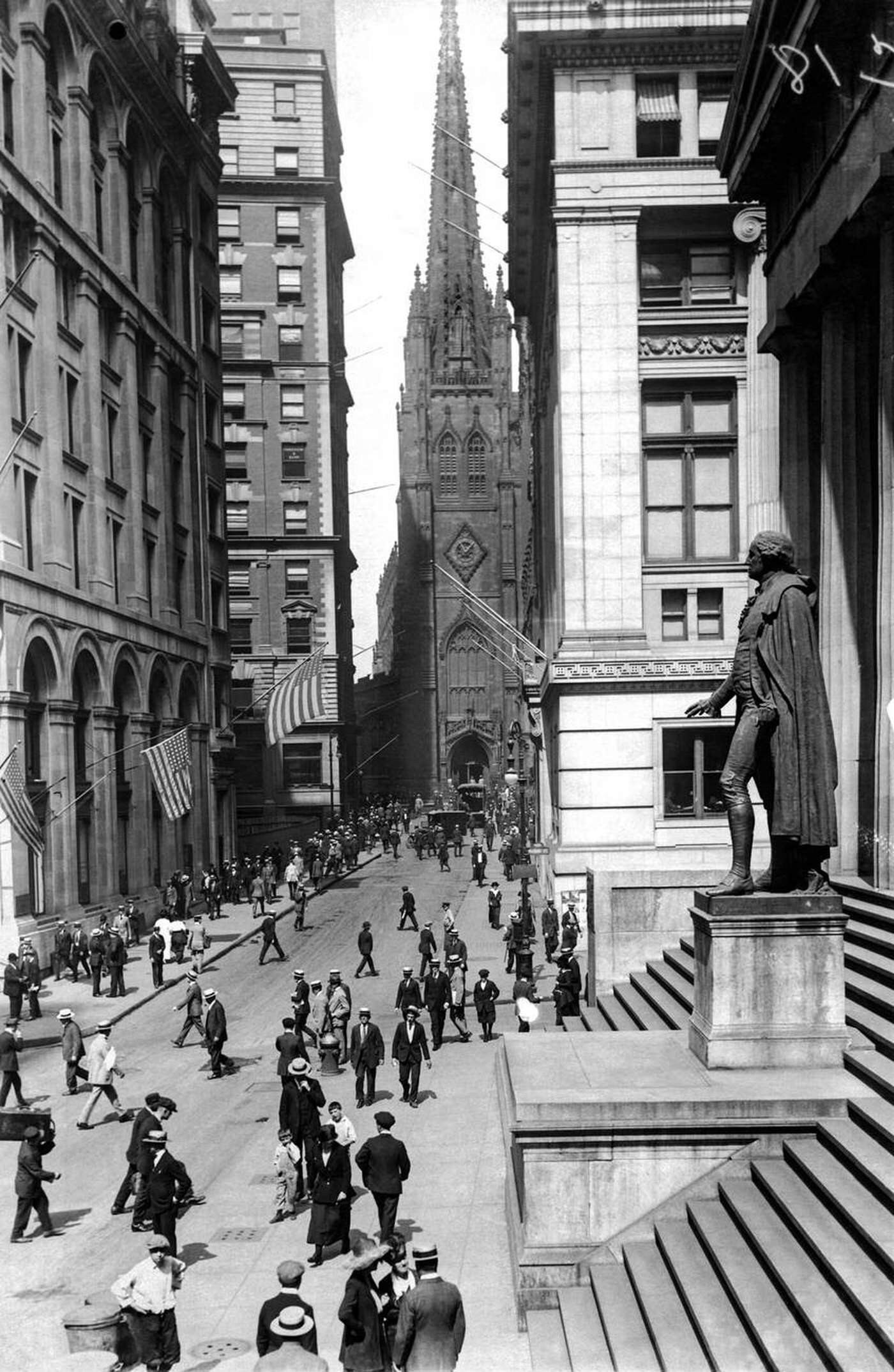
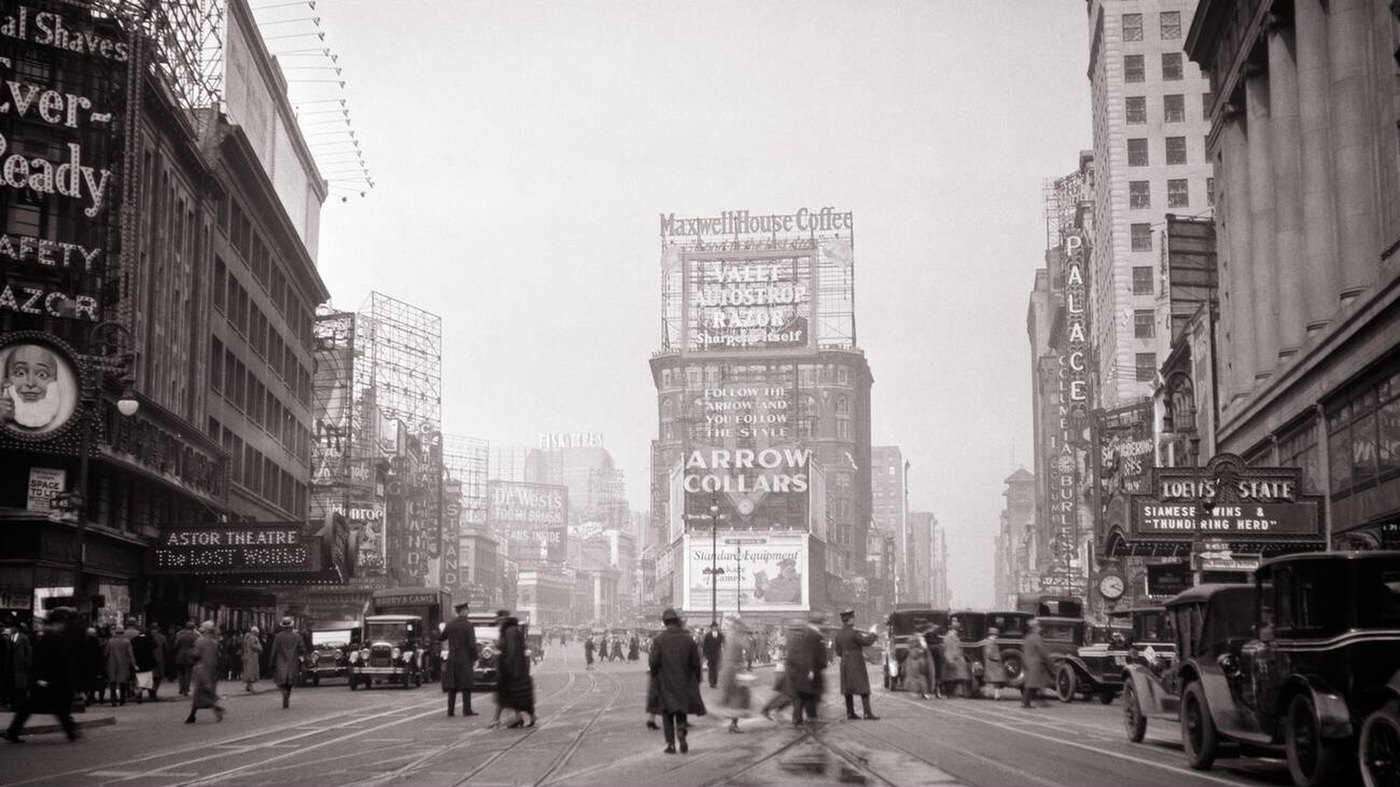
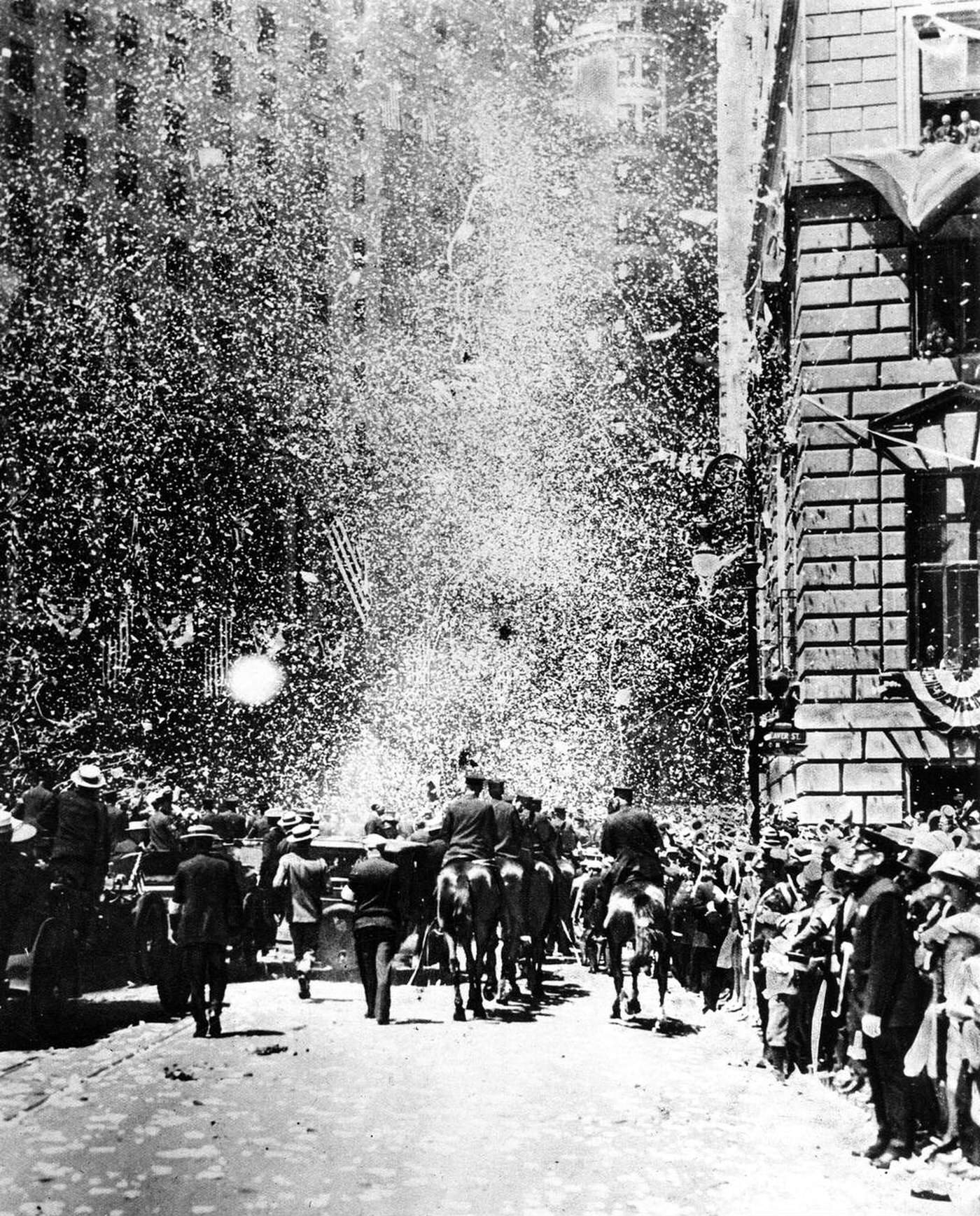
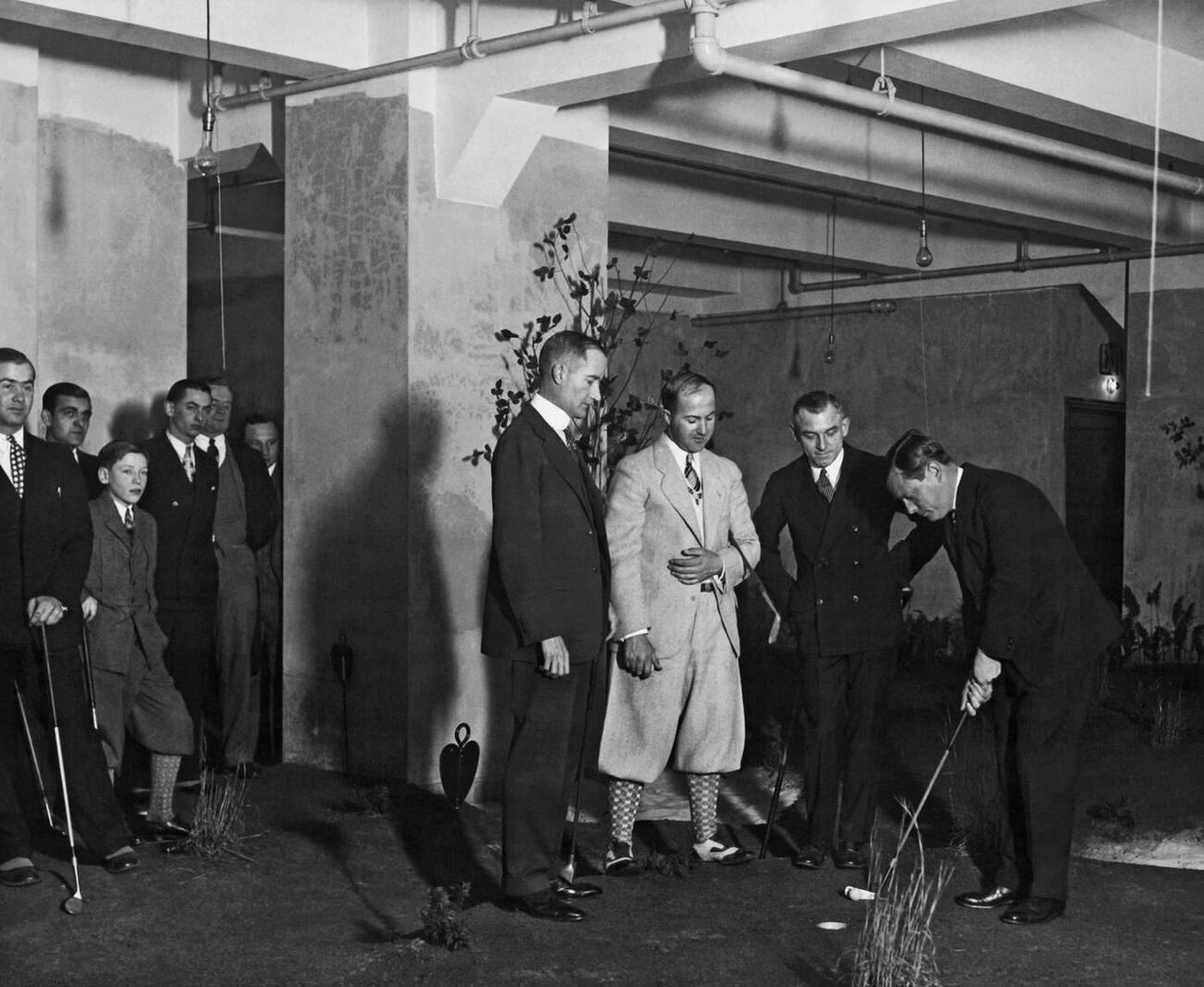
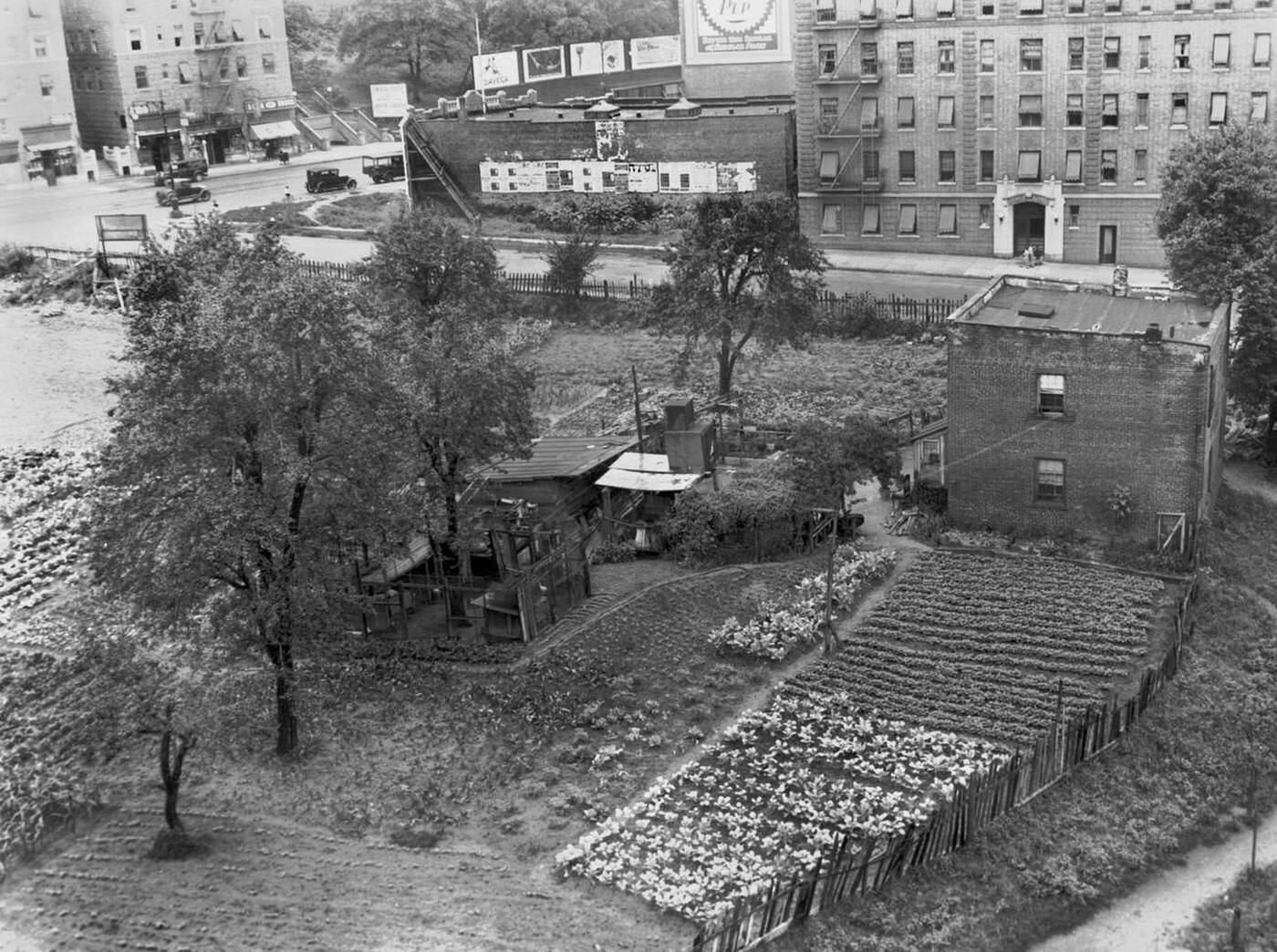
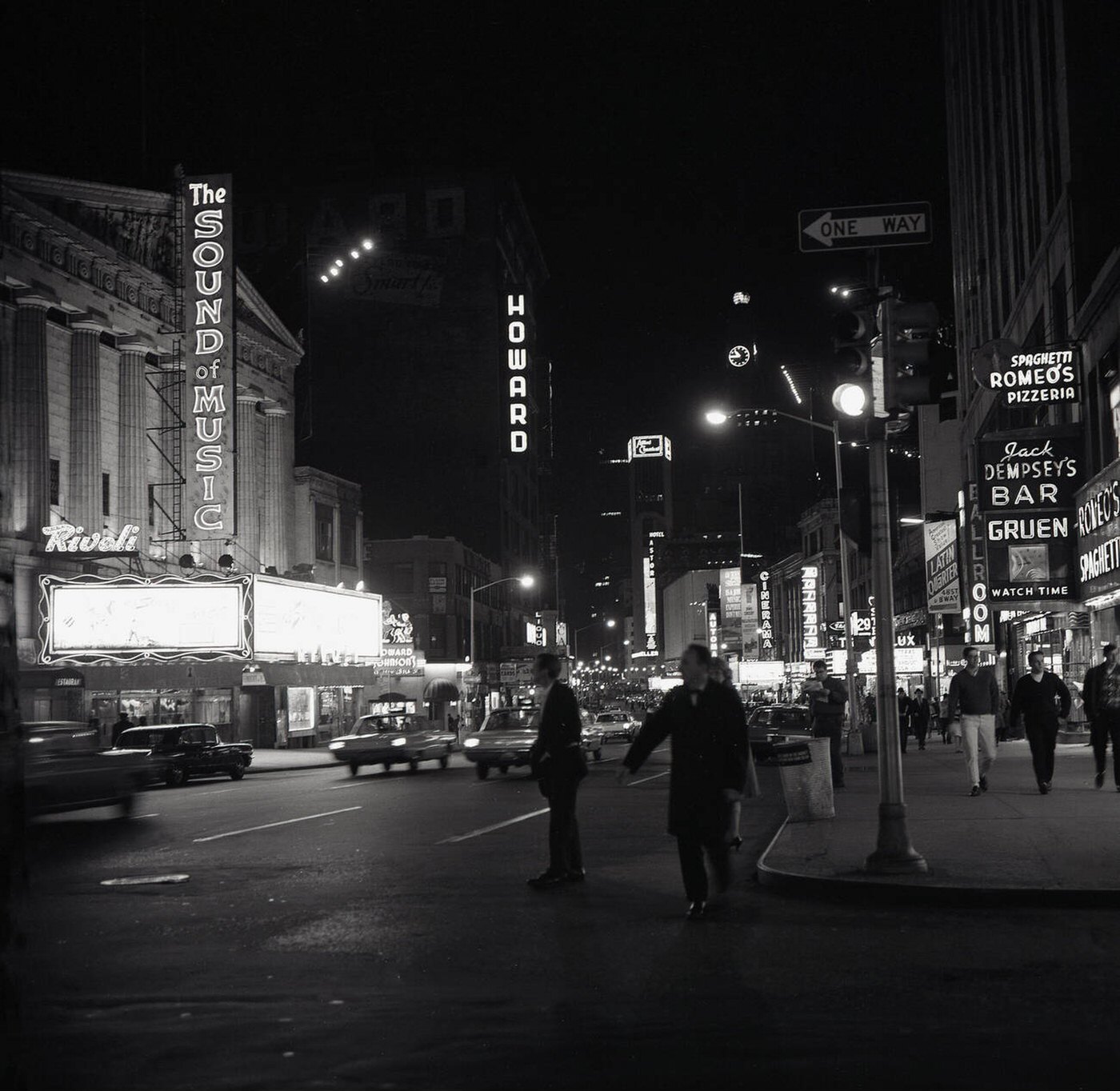
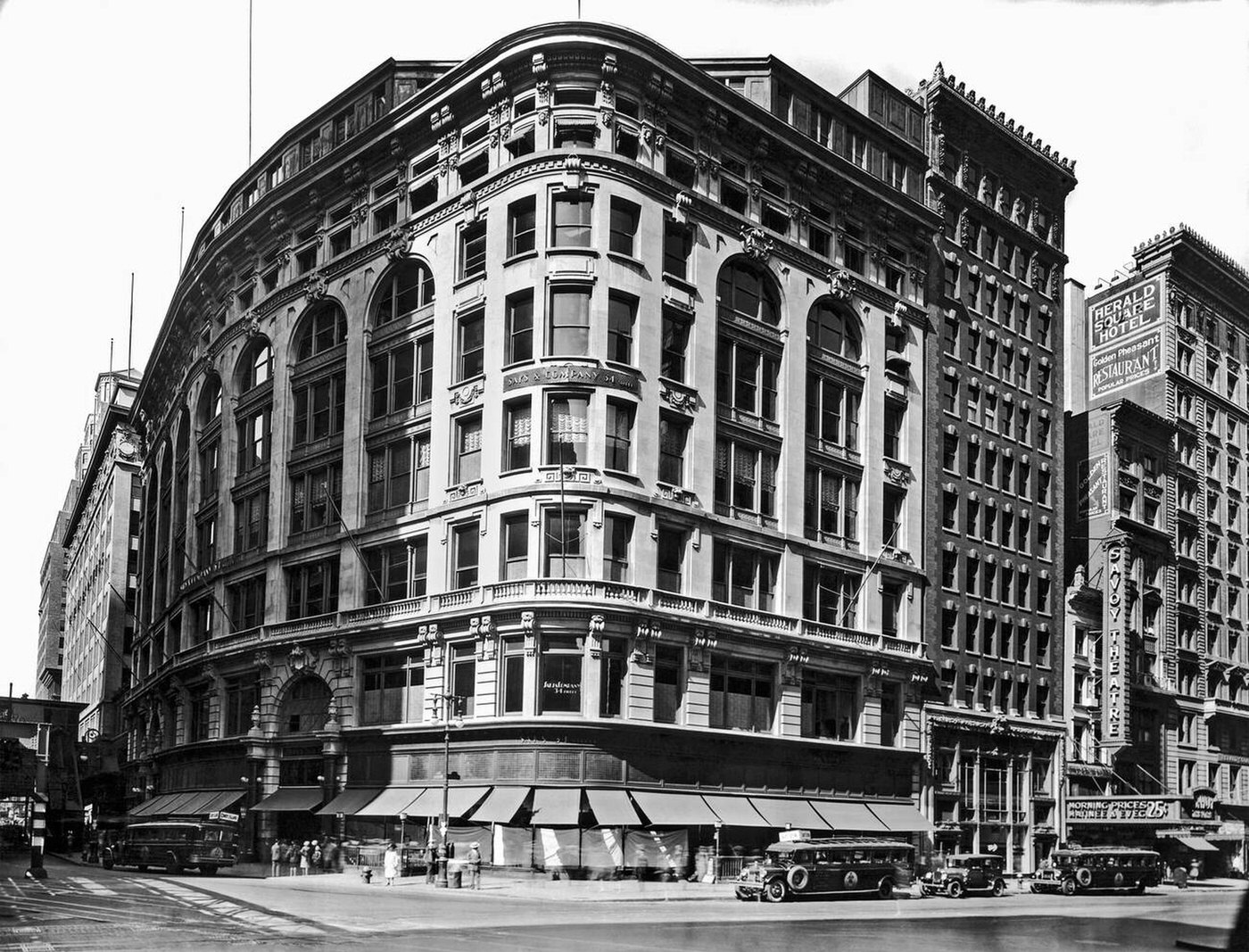
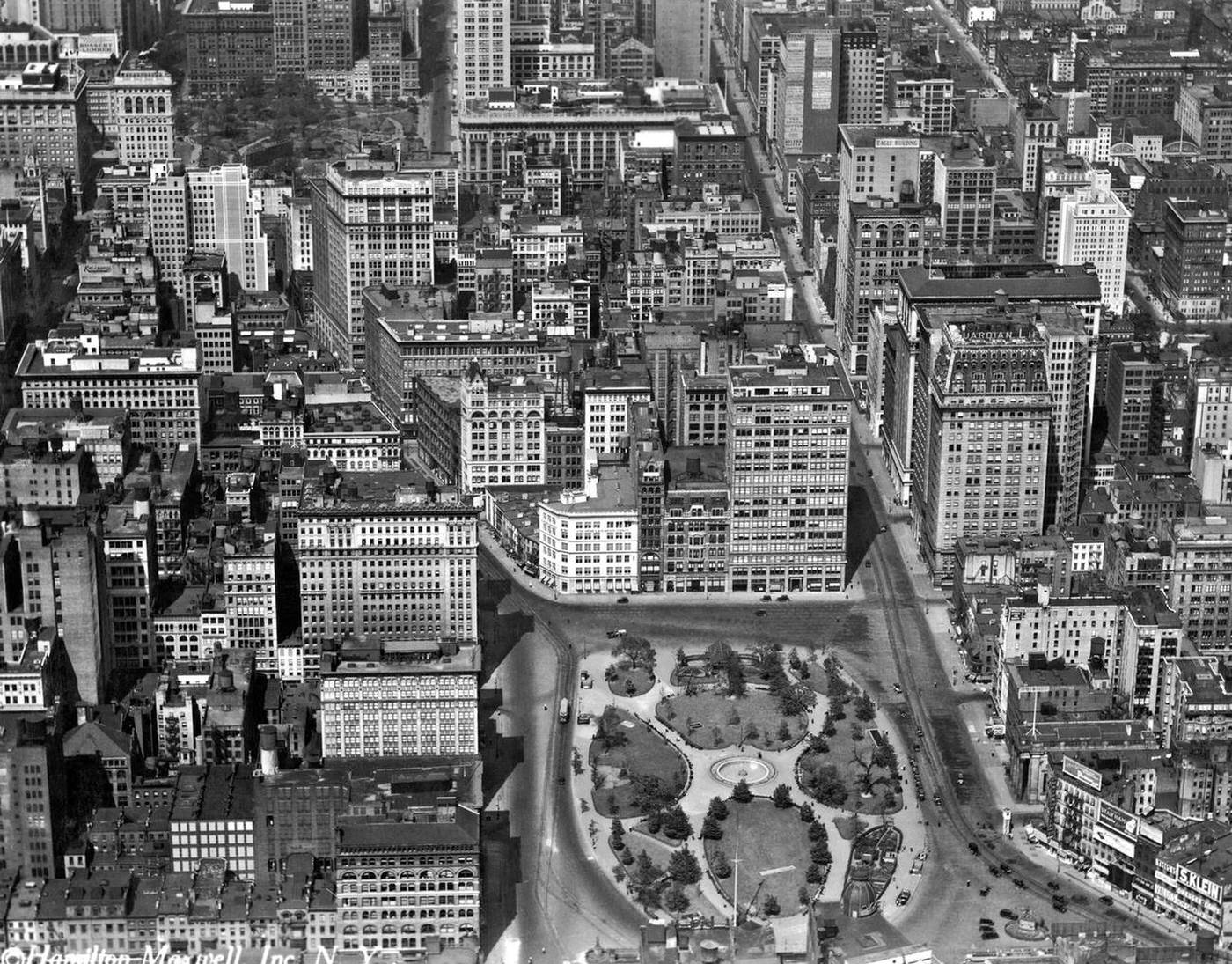
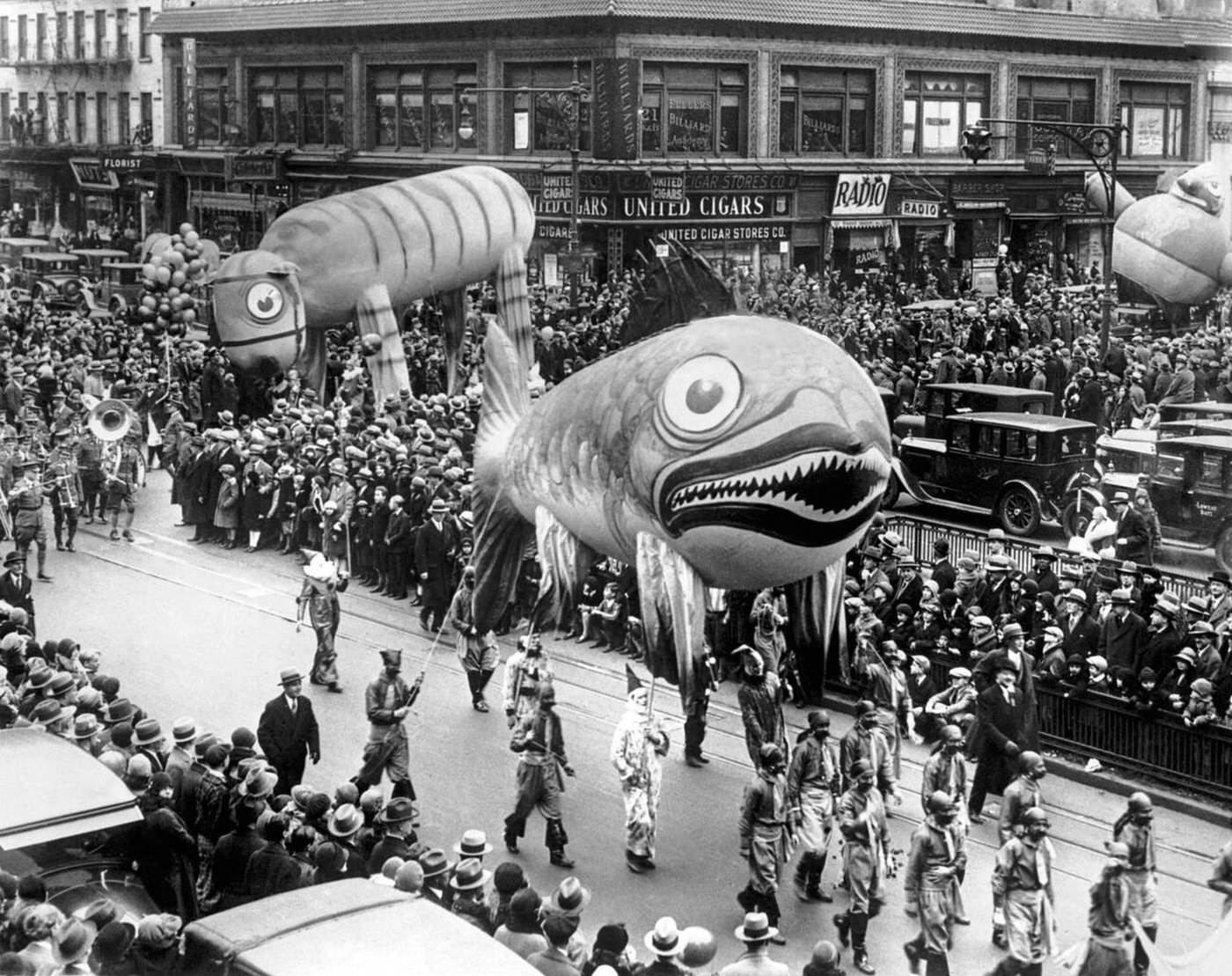
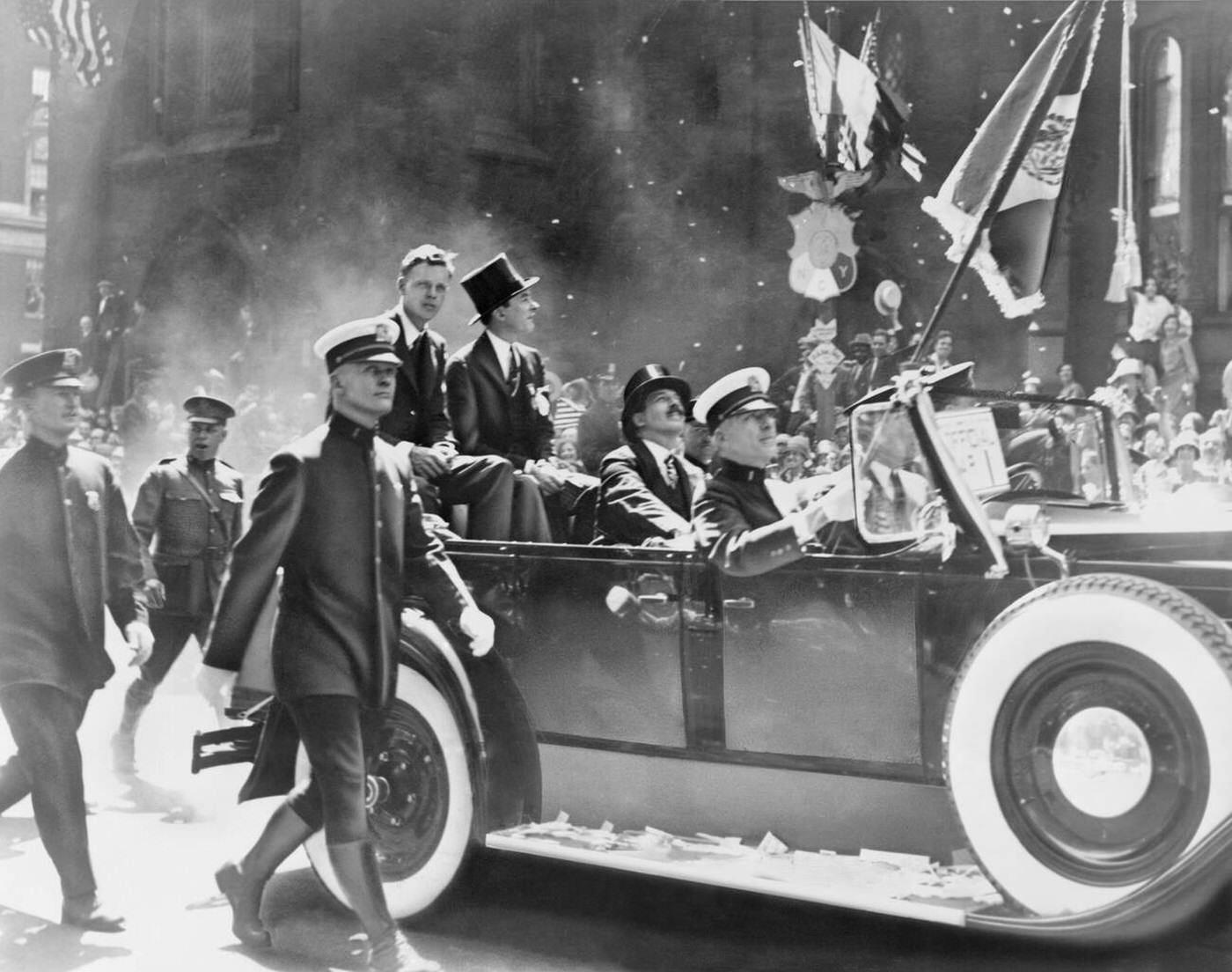
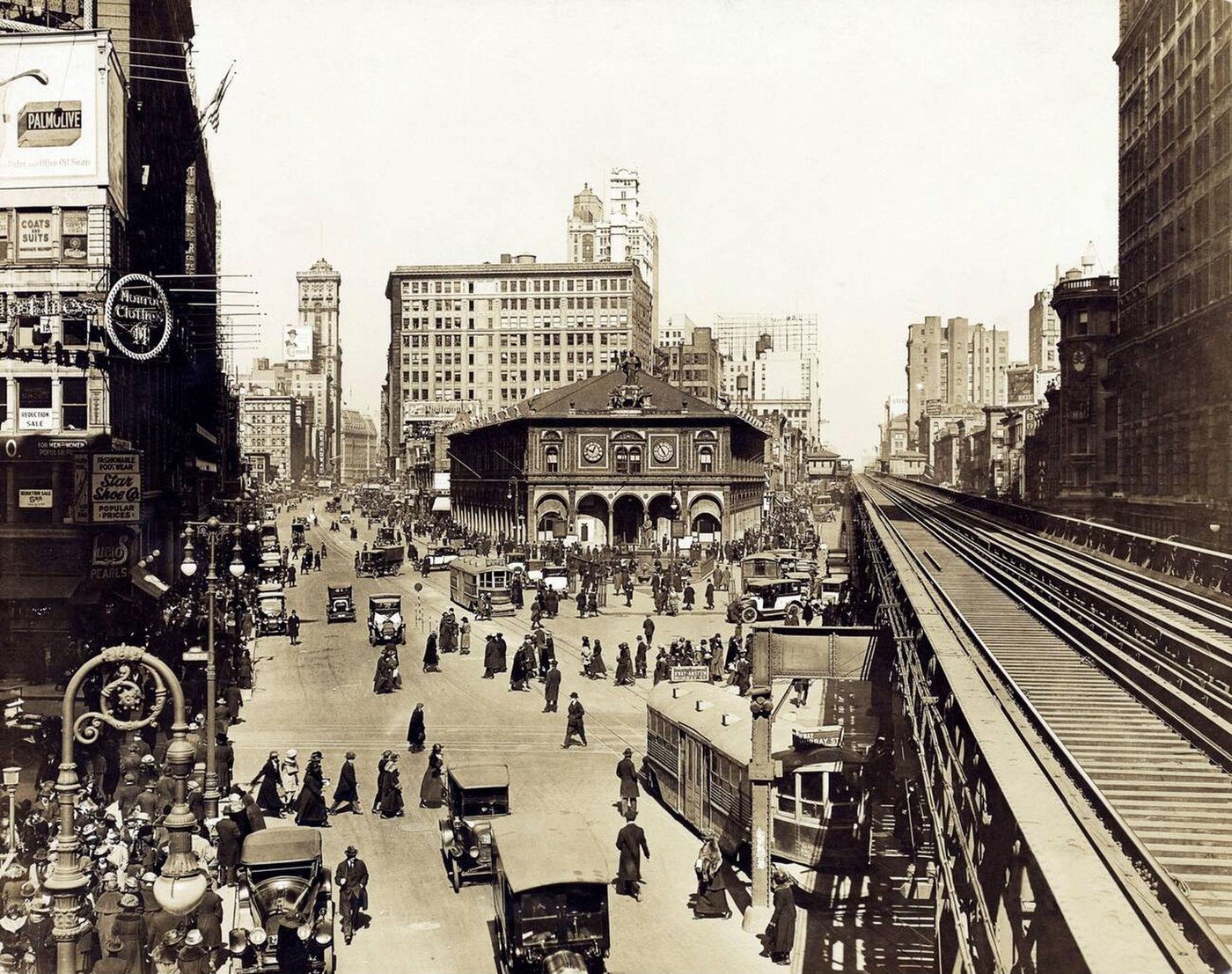

GIPHY App Key not set. Please check settings